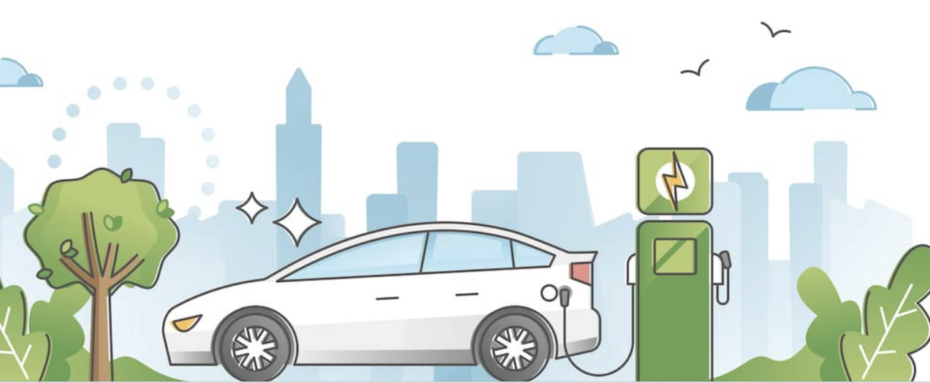
The debate about EVs has become a simplistic discussion about range. Many reviewers focus on how many miles can one drive between charging, as if that’s all that matters or is even important. What’s missing in these reviews is that we don’t all use our cars in the same way, and the recommendations are very much dependent on our own use case.
Some travel long distances, such as a salesman that’s on the road much of the time. Others use their car to commute to an office 10 or 20 miles away and many simply do errands around town. Range doesn’t matter if you drive less than your maximum range in a day and then charge your car overnight at home.
The range, which is intended to minimize the inconvenience of refueling, only becomes important if you can’t charge where you live, such as in an apartment, and when you’re away from home for an extended period and need to rely on public chargers. A few long trips a year should not drive your decision about what’s best most of the time. It makes a lot more sense to not focus about only buying a car with the maximum number of miles, and focus on other factors instead. It’s like focusing on the size of the gas tank when you never consume a full tank every wek or two.
Of the many EVs available, there are many more factors than range, just like there are with conventional cars. Items like cost, interior fit and finish, seat material and comfort, visibility, driving performance, ride quality, interior noise, ergonomics, headroom and comfort features. EVs span a wide range in their features, from economical models with sparse trimmings, such as the Chevy Bolt to the BMW, Lexus, and Genesis EVs with many of the same premium features of their gas-engine models.
If you’re driving an older car, you may be surprised to see the advanced technology found in many new models, such as very large bright displays – some spanning across the much of the dashboard, the use of cameras that monitor the space all around you to make your trip safer. Other new features include rear view mirrors that are LCD displays, heads-up displays that project directions and other real time information on your windshield, and adaptive speed control and lane guidance for effortless driving on highways. The combination of CarPlay and Android Auto and these large displays provides great navigation and easy access to all sorts of entertainment, including music services, podcasts, and books on tape. These are all good reasons why you may want to buy a new car.
EVs and PHEVs
If an EV just doesn’t work for you, you can still drive an electric PHEV that combines battery with gas. They’ve become one of the hottest segments of the automotive market, but gets short shrift from reviewers – because its range is shorter!
But for many, it’s the perfect solution. In fact, Toyota has, to much discredit, has minimized the importance of EVs, and put a strong emphasis on PHEVs, while GM foolishly killed what was the best PHEV ever built. In 2019 their CEO killed the Volt, stating customers did not want them. Now, according to the WSJ:
Dealers who serve on advisory committees to the automaker have urged executives in several recent meetings to add hybrids [PHEVs] to GM’s lineup, according to people involved in the discussions. GM has focused on fully electric cars in recent years and largely bypassed hybrids, which pair an internal combustion engine with a small battery and electric motor to boost fuel efficiency.
The dealers said they expressed concern that more customers are looking for a middle ground between conventional gas-engine cars and EVs, which are more expensive and require regular charging.
Buying an PHEV or EV depends on your personal situation. Don’t buy an EV unless you live in a home where you can easily charge at night. Then chose an EV if you don’t frequently take long trips of more than 200 or so miles at one time, and if you don’t mind the occasional incvonvenience of charging on the road on a long trip or if you use a second car for long excursions. For those that never want to stop and charge when away from home, and usually drive less than 40 or 50 miles a day, an PHEV is a perfect choice. In fact after driving a PHEV with a 54 mile range, I used only about 100 gallons of gas per year
While GM never figured it out, consumers have spoken and PHEVs now account for 25% of plug in sales:

